The discovery of Vittrup Man over a century ago has captured the fascination of archaeologists and historians alike. Unearthed in 1915 from a Danish peat bog, this 5,000-year-old individual presents a compelling glimpse into the Neolithic era. Recent research has unraveled his violent end, migration journey, and the cultural shifts of his time, offering a unique perspective on the complexities of prehistoric Europe.
The Discovery in Vittrup
In 1915, peat diggers in Vittrup, northwest Denmark, stumbled upon skeletal remains buried alongside a wooden club, ceramic vessels, and cow bones. Among the fragments was a shattered skull bearing clear signs of a violent death. Dubbed “Vittrup Man,” the remains intrigued researchers, but it wasn’t until the 21st century that advanced technologies shed light on his life story. The discovery of the wooden club—believed to be the murder weapon—and other burial items hinted at a ritualistic end.
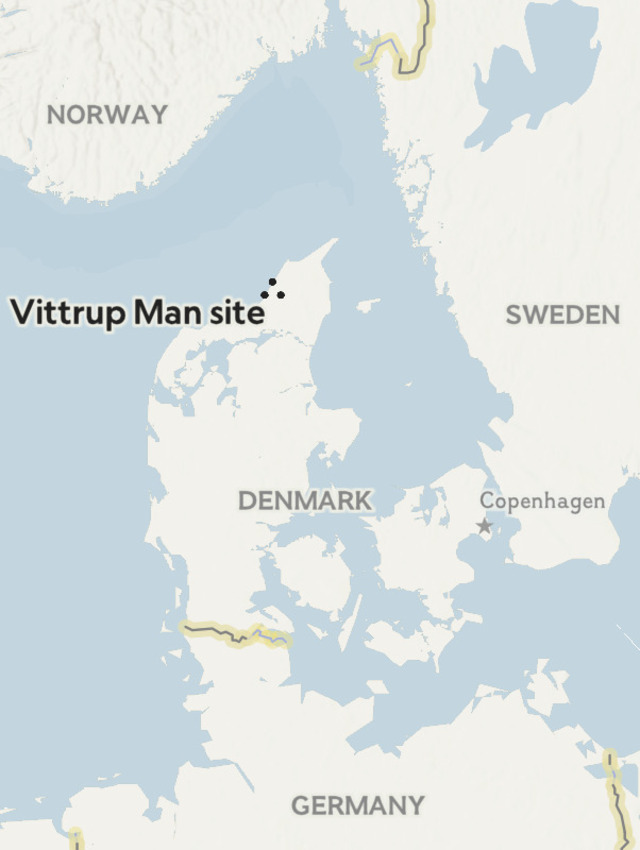
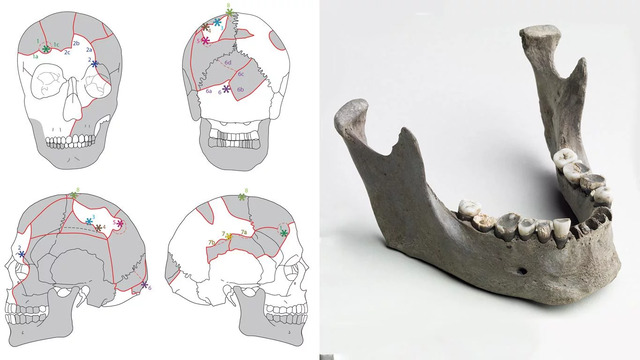
Advanced Research Techniques
A century after his discovery, modern scientific tools transformed our understanding of Vittrup Man. Genetic and isotopic analyses revealed his origins in northern Scandinavia, likely Norway or Sweden. Despite growing up as a hunter-gatherer relying on marine resources, he migrated to Denmark as a teenager and adopted an agricultural lifestyle. Protein studies from his teeth and bones confirmed his dietary transition, showcasing a stark shift from seafood to cereals, dairy, and domesticated animal meat.
These findings also highlight his genetic distinctiveness from the local Danish population, offering a rare glimpse into early human migration. The use of advanced techniques like radiocarbon dating and DNA sequencing has provided invaluable data, piecing together a life lived during Europe’s Neolithic transition.

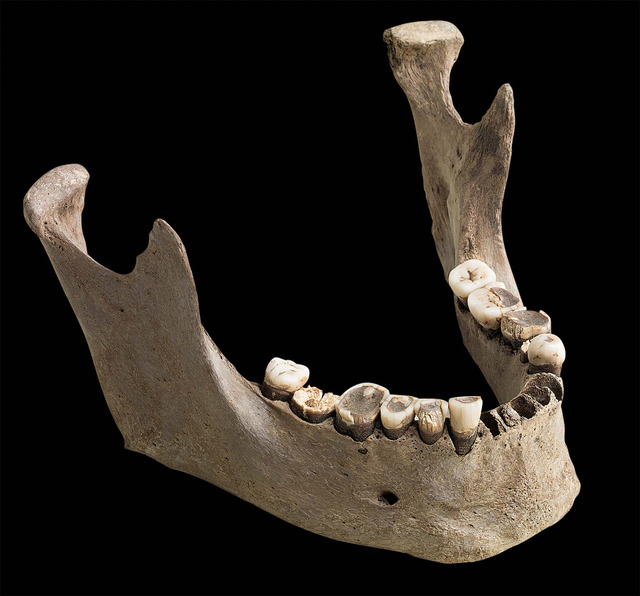
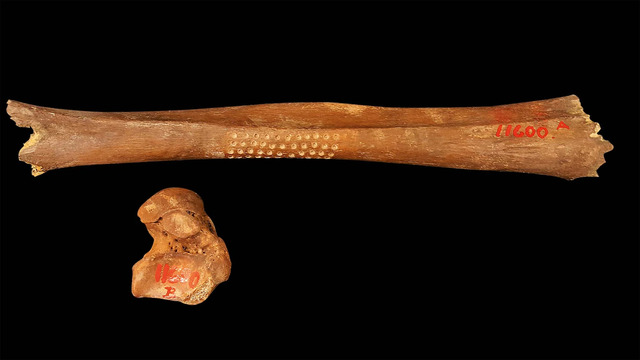
The Transition from Hunter-Gatherer to Farmer
Vittrup Man’s story exemplifies the cultural shifts occurring in prehistoric Europe. Born into a Mesolithic hunter-gatherer community, his journey to Denmark symbolized a crossing of boundaries—not only geographic but also social and economic. In Denmark, he integrated into a society dominated by the Funnel Beaker culture, early farmers renowned for their flint craftsmanship. The dietary change observed in Vittrup Man’s remains underscores the transformation from foraging to farming, reflecting the broader societal evolution of the Neolithic era.
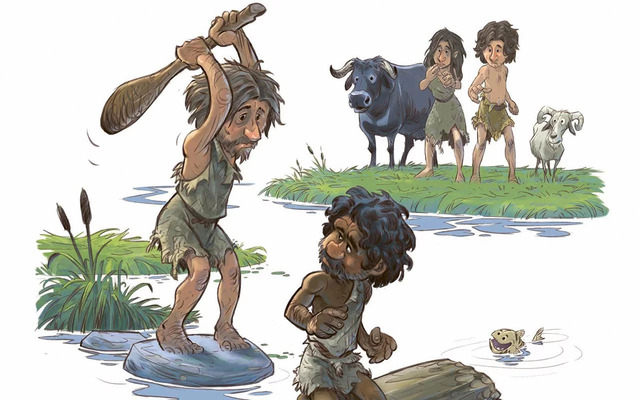
Violent Demise and Sacrifice Hypotheses
Vittrup Man’s death was undeniably violent. His skull bore evidence of eight heavy blows, likely delivered with the maple club found beside his remains. Archaeologists suggest that his death was not accidental but ritualistic, possibly as a human sacrifice. Ritual sacrifices were common in Neolithic Europe, often tied to religious beliefs or community rituals.
Some researchers propose that Vittrup Man may have been a slave brought to Denmark for labor. His injuries suggest that his death might have involved multiple individuals, each taking turns to deliver fatal blows. This hypothesis aligns with archaeological evidence of sacrificial practices involving captives or outsiders in Neolithic communities.
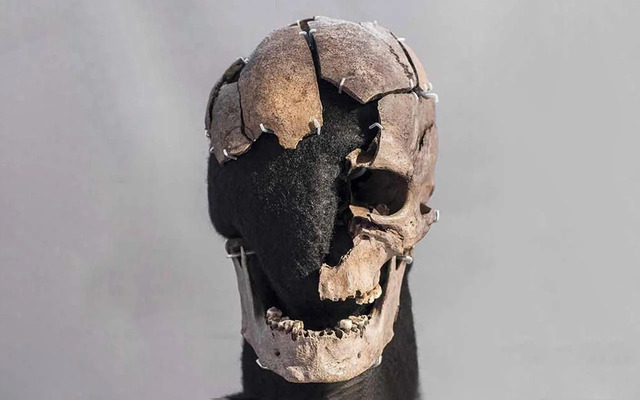
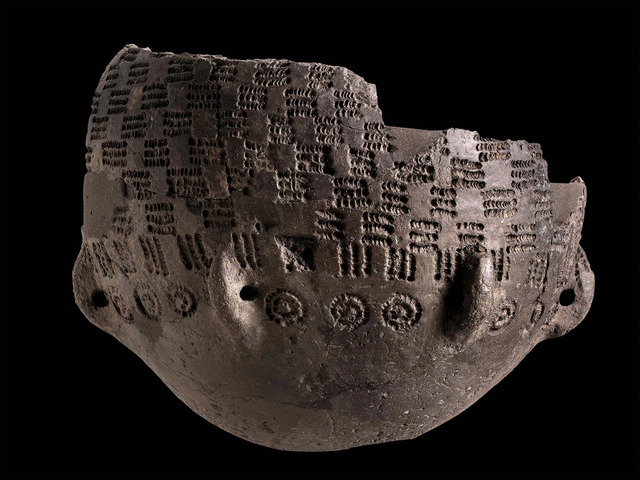
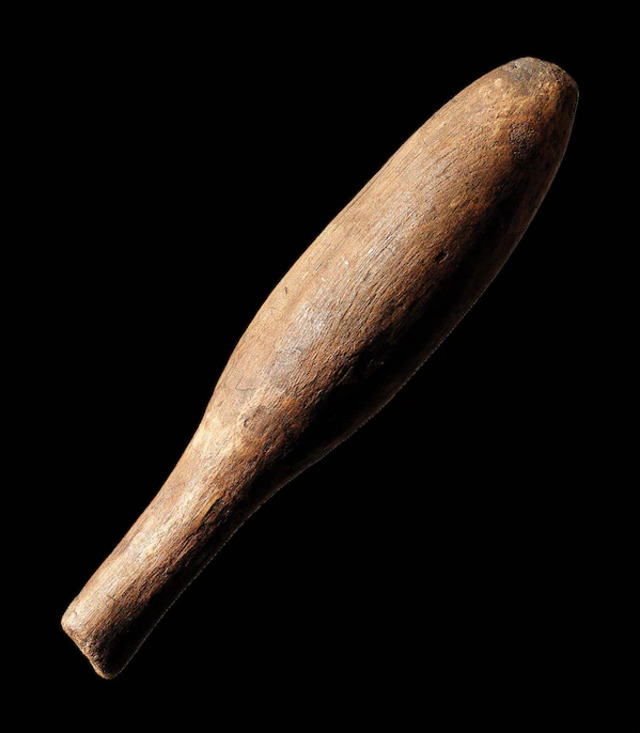
Broader Implications for Neolithic Europe
The story of Vittrup Man offers invaluable insights into the dynamics of prehistoric Europe. His journey from Scandinavia to Denmark highlights early human migration facilitated by seafaring. Scholars believe that he traveled by boat, navigating the frigid coastal waters of the North Sea. This maritime capability points to the interconnectedness of distant communities and the exchange of goods, ideas, and people across regions.
Vittrup Man also symbolizes the cultural and genetic interplay between hunter-gatherers and agricultural societies. His integration into the farming community in Denmark underscores the complex relationships between different populations during the Neolithic period. This blending of lifestyles and cultures paved the way for the development of more advanced societies.
Conclusion
Vittrup Man’s remains, preserved for millennia in the Danish bogs, have unlocked a treasure trove of information about Europe’s distant past. His story of migration, cultural integration, and violent death sheds light on the human experience during the Neolithic era. While some questions about his life remain unanswered, Vittrup Man continues to offer a unique perspective on the challenges and transitions faced by ancient societies, bridging the gap between hunter-gatherers and early agriculturalists.
